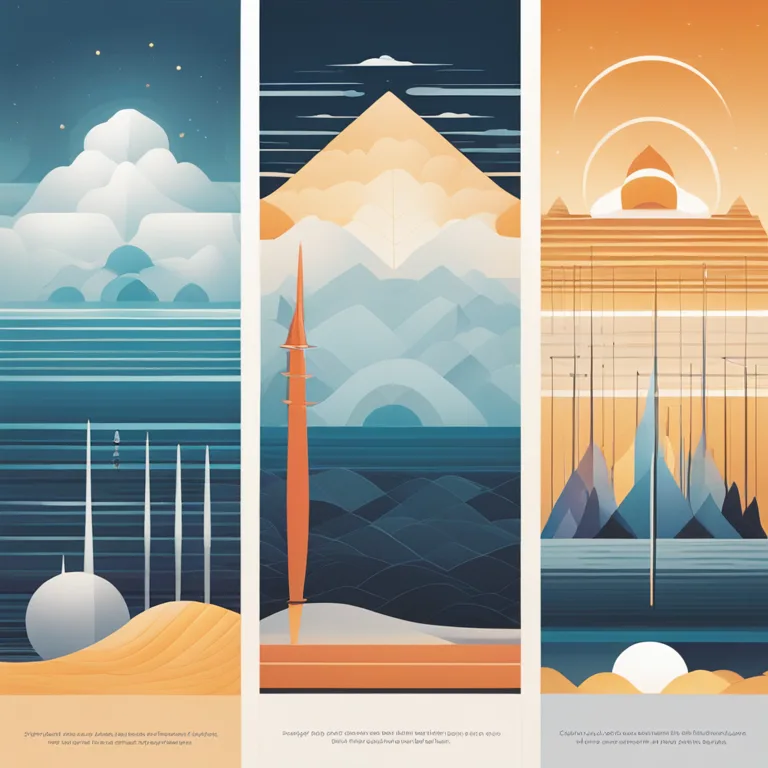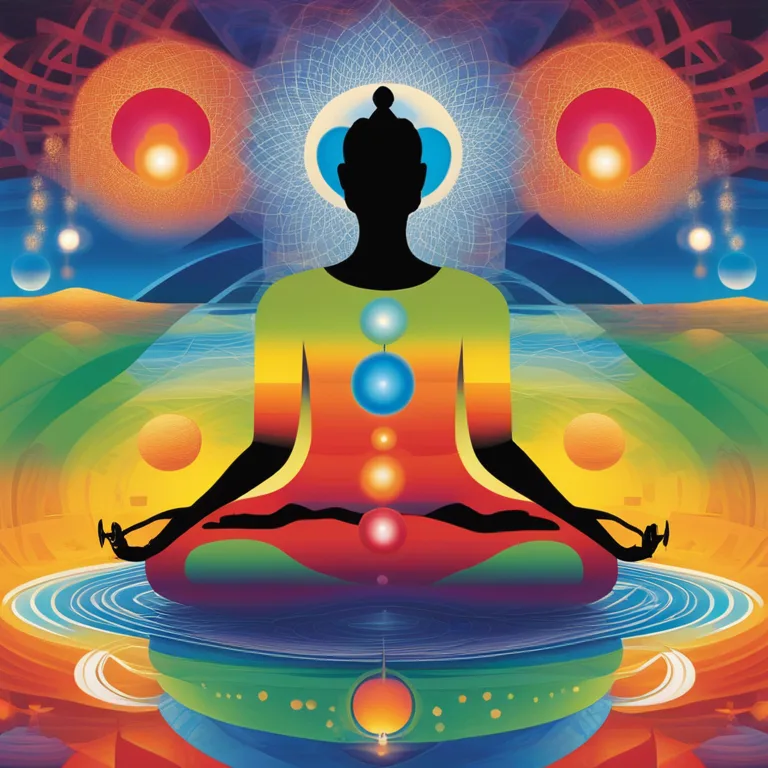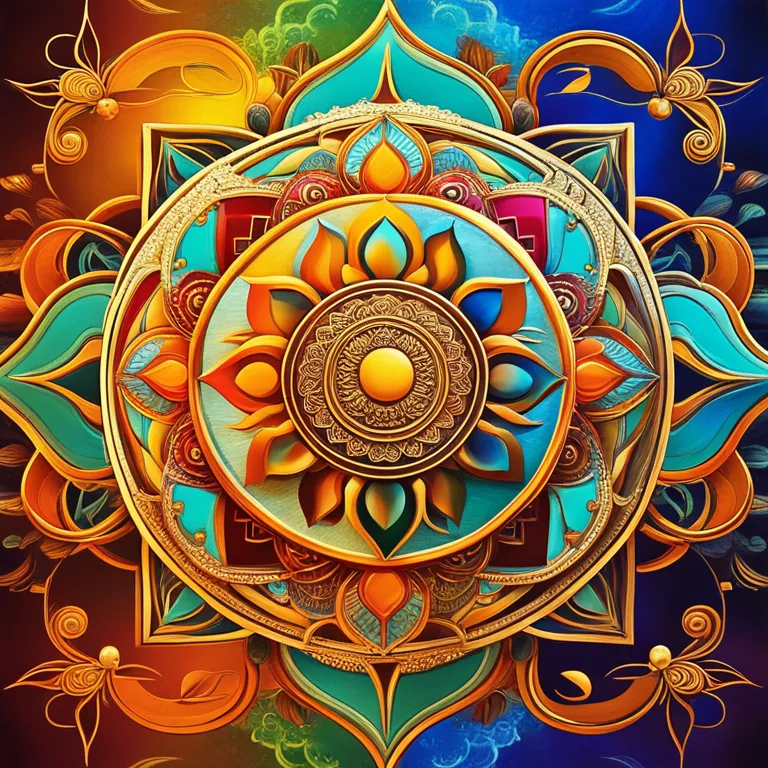
The 21 Stages of Meditation: A Journey Through Consciousness
Delve into the profound journey of the 21 stages of meditation, guiding practitioners through an expansive exploration of inner awareness and transformation.
article by Hina Kurosawa
Introduction to Meditation Stages
Meditation, a cornerstone of spiritual practice, offers a transformative path that extends well beyond basic relaxation techniques. The journey through meditation is often divided into stages, each representing a unique aspect of consciousness and enlightenment. While there isn't a universally accepted enumeration, certain teachings, like those of Kriya Yoga, outline 21 distinct stages, facilitating a deep, structured, and introspective exploration of the Self. These stages serve as milestones for practitioners, helping them to measure progress and deepen their understanding of the intricate layers of their mind and spirit.

The Initial Ascent: Stages 1-7
The first seven stages are foundational, setting the groundwork for future advancement. They begin with the cultivation of a regular meditation practice and an understanding of proper posture and breathing. The focus then shifts to concentration, letting go of external distractions, and finding inner peace. At this point, practitioners work on detachment from material desires, which culminates in the seventh stage—discovering the joy inherent in the meditative state, independent of the physical world.

Deepening Awareness: Stages 8-14
As one progresses, stages eight through fourteen invite a more profound introspection. It's here that one encounters and dissolves inner obstacles, such as fleeting thoughts and emotional blockages. The practitioner begins to experience moments of silence between thoughts, which expand with practice. By the fourteenth stage, there's a clear perception of one's thought patterns and a sense of unity with higher levels of consciousness. The sense of 'self' starts to dissolve, leading to the next set of stages.

Advanced Realizations: Stages 15-21
The final leg of the journey sees the deepest and most extraordinary transformations. These advanced stages involve transcendence as dominant thoughts and emotions lose their grip, revealing the underlying reality of pure consciousness. In these advanced stages, meditators often experience blissful states, profound insights, and a connection with the universal life force. The twenty-first stage represents the pinnacle of meditation—the realization of one's ultimate nature or true Self, sometimes referred to as enlightenment or self-realization.

Integrating the Stages
Understanding these stages is beneficial, yet practical application and personal experience remain paramount. Not all practitioners will distinctly identify each stage, as individual journeys can vary greatly. Regular commitment to meditation and mindfulness practices is essential for progression. In addition, guidance from experienced teachers can help navigate these stages more effectively. It's important to recognize that these stages are not strictly linear and may often overlap or require revisiting.
Meditation in Modern Times
In the context of 2024 and beyond, meditation continues to gain prominence, supported by both ancient wisdom and modern scientific research. With increasing stress in daily life, individuals are turning towards these age-old practices for refuge and self-improvement. Technological advancements such as meditation apps, online communities, and virtual retreats are making these teachings more accessible and are enhancing the ability for practitioners to share experiences and knowledge worldwide.
Published: 1/8/2024
Modified: 1/8/2024
More predictions
Come back here soon to learn more about yourself and your future


Meditation: Finger Techniques Explored
Discover the art of finger meditation to harmonize body, mind, and spirit through ancient practices for modern wellness.


Jain Meditation Techniques for Inner Peace
Discover the serenity and spiritual depth of Jain meditation practices in a comprehensive article tailored for modern seekers.


Meditation Techniques to Soothe OCD
Discover meditation practices designed to help manage OCD symptoms through mindful awareness and relaxation.